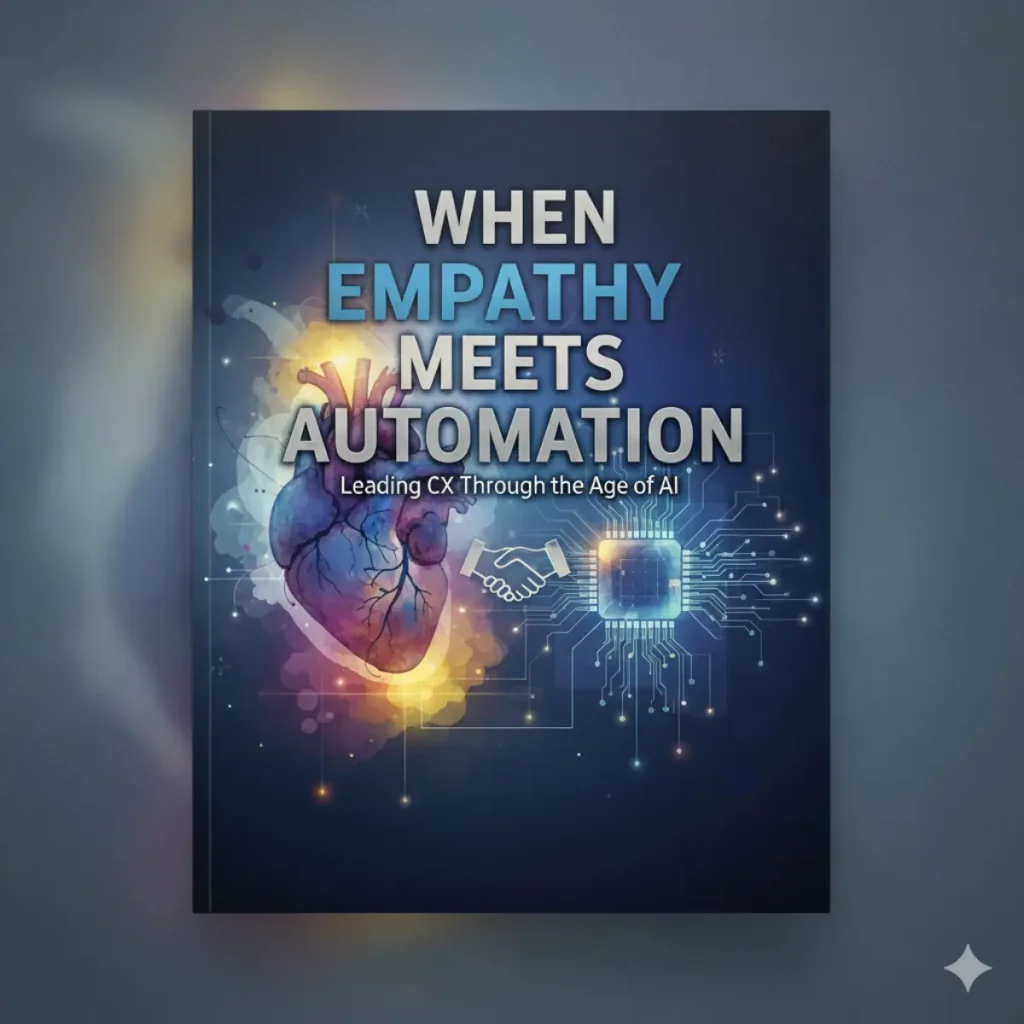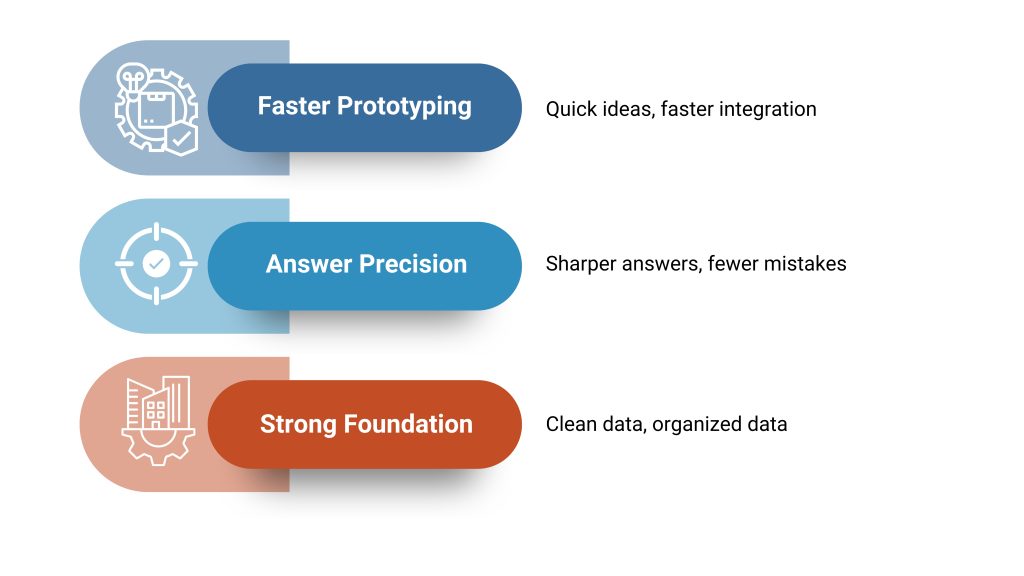Thirty years ago, email was revolutionary. Twenty years ago, customer relationship management (CRM) systems, enterprise resource planning (ERP) systems, and business intelligence (BI) tools promised to give companies a single source of truth. Ten years ago, cloud and SaaS reshaped how businesses consumed technology. Today, a new shift is underway, one that’s not just incremental but transformational. Artificial intelligence (AI) is embedding itself into the very technologies, businesses have long relied upon, turning legacy systems into intelligent, adaptive platforms.
The Pitfall: Moving Too Fast, Breaking What Works
In their urgency to stay ahead, many business leaders such as CEOs, COOs and even CIOs and CTOs make a critical mistake: they jump too quickly into new technologies without understanding the impact on the systems their companies rely on every day. The temptation is real, vendors promise efficiency gains, cost savings, and competitive edge.
Common Mistakes Leaders Make
- Confusing tools with strategy
- Leaders adopt AI features because they are new and exciting, not because they solve a clear business problem.
- Underestimating cultural impact
- Employees are suddenly asked to use artificial intelligence without proper training or context. The result is resistance, mistrust, or outright rejection of tools that could have helped them.
- Overlooking data readiness
- AI is only as good as the data it feeds on. Companies with siloed, inconsistent, or poor-quality data discover too late that their new AI solutions amplify noise instead of generating insights.
- Failing to align with regulations and ethics
- Rushing into AI without compliance frameworks can expose businesses to privacy violations, bias in decision-making, and reputational damage.
- Ignoring integration complexity
- Adding AI layers that don’t talk to existing CRM, ERP, or BI systems creates friction. Employees end up duplicating work, and leaders realize too late that “quick wins” have introduced long-term inefficiencies.
Effects:
- Operational disruption — AI features rolled out without testing can overwhelm teams, break workflows, or even corrupt vital data.
- Employee resistance — sudden changes create fear, erode trust, and trigger pushbacks from the very people meant to use the tools.
- Hidden costs — fast adoption without a roadmap can lead to redundant investments, technical debt, and wasted resources.
- Customer confusion — when AI changes how businesses communicate, poorly managed transitions can alienate loyal clients.
Transitioning from Legacy Systems Without Disruption
The good news is that businesses don’t have to choose between stagnation and chaos. AI adoption isn’t about ripping and replacing it, it’s about layering intelligence gradually and strategically.
5 Keys to a Smooth Transition:
- Start with Augmentation, Not Replacement – add copilots and assistants before overhauling platforms.
- Pilot Before You Scale – test AI on one process, refine, then expand.
- Prioritize Integration – choose AI tools that connect seamlessly to your SaaS and cloud stack.
- Invest in Change Management – train, reassure, and celebrate wins.
- Balance Speed with Governance – innovate quickly but set clear policies and guardrails.
Case Study: A Fortune 500 retailer rolled out AI in phases across its ERP and CRM. Instead of flipping a switch, they first introduced predictive inventory planning in one division. After seeing stock-outs decline by 15% without any system downtime, they expanded across all regions. The phased approach built confidence and minimized disruption.
Industries Poised to Benefit from Today’s AI
While artificial intelligence has the potential to reshape every industry, some are especially well-positioned to take advantage of the current phase of AI adoption. These sectors already rely heavily on data, repetitive workflows, or customer interactions — all areas where AI delivers immediate impact.
1. Financial Services
Fraud detection, credit risk analysis, algorithmic trading, and personalized engagement.
Why now: Digital maturity plus regulatory pressure makes explainable AI and anomaly detection especially valuable.
2. Healthcare
AI-assisted diagnostics, imaging analysis, patient triage, and predictive resource allocation.
Why now: Massive data flows from electronic medical records (EMRs) and IoT devices create fertile ground for efficiency and quality gains.
3. Retail & E-Commerce
Recommendation engines, demand forecasting, and dynamic supply chain planning.
Why now: Abundant consumer behavior data and fierce competition make AI-driven personalization and logistics optimization pay off quickly.
4. Manufacturing & Logistics
Predictive maintenance, automated quality control, and route optimization.
Why now: IoT sensors and ERP integration are already widespread, allowing for immediate productivity gains.
5. Professional Services
Contract analysis, document drafting, and research summarization for consulting, legal, and accounting firms.
Why now: Knowledge workers face rising workloads, and AI copilots provide instant productivity boosts.
6. Media & Marketing
Content generation, campaign optimization, and audience segmentation.
Why now: Fast-moving marketing cycles mean Return on Investment (ROI) can be measured almost immediately with AI-driven personalization.
Conclusion
Artificial Intelligence adoption is not a race to be first. It’s a journey to be right. Companies that slow down just enough to align AI with business goals, data quality, and employee readiness are the ones that avoid costly setbacks. The leaders who understand that innovation without integration is chaos will position their organizations to cross the AI chasm successfully.








